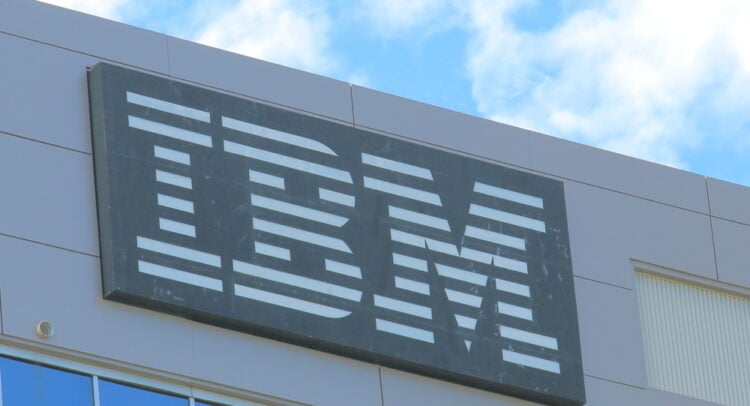Tech giant IBM (IBM) recently announced that it has been selected to move into Stage B of the U.S. Defense Advanced Research Projects Agency’s (DARPA) Quantum Benchmarking Initiative, which is the second of three phases in the program. DARPA, which serves as the research arm of the U.S. Department of Defense, launched the initiative in 2024 to explore whether it’s possible to build a fault-tolerant quantum computer that provides more value than it costs to operate. The overall goal is to test and compare different approaches to developing a reliable quantum computer by 2033.
Meet Your ETF AI Analyst
- Discover how TipRanks' ETF AI Analyst can help you make smarter investment decisions
- Explore ETFs TipRanks' users love and see what insights the ETF AI Analyst reveals about the ones you follow.
Unsurprisingly, being chosen for Stage B is a major step for IBM as DARPA continues to review various methods for building large-scale quantum systems. Indeed, Jay Gambetta, Director of IBM Research, stated, “IBM’s progression to Stage B of DARPA’s Quantum Benchmarking Initiative is a firm validation of IBM’s approach to delivering a large-scale, fault-tolerant quantum computer.”
Interestingly, participants in Stage B must present a detailed research and development plan that explains how they intend to build a cost-effective and reliable quantum computer, while including any potential risks and the strategies for addressing them. In contrast, Stage A, completed earlier this year, focused on technical concepts that showed a realistic path to developing such a system. The next phase, Stage C, will see DARPA’s independent verification team test each company’s quantum hardware to confirm its performance and potential for real-world use.
Is IBM a Buy, Sell, or Hold?
Turning to Wall Street, analysts have a Moderate Buy consensus rating on IBM stock based on seven Buys, six Holds, and one Sell assigned in the past three months, as indicated by the graphic below. Furthermore, the average IBM price target of $295.18 per share implies 2.6% downside risk.

















